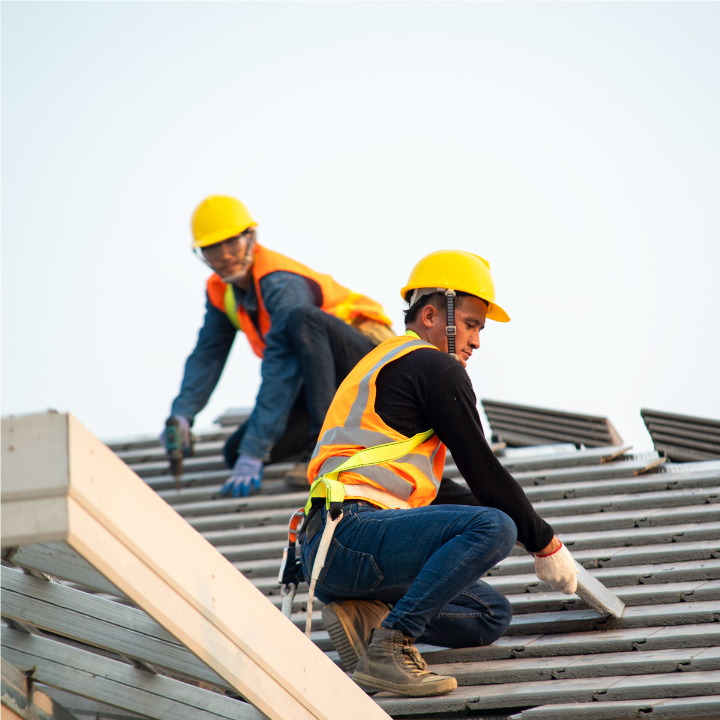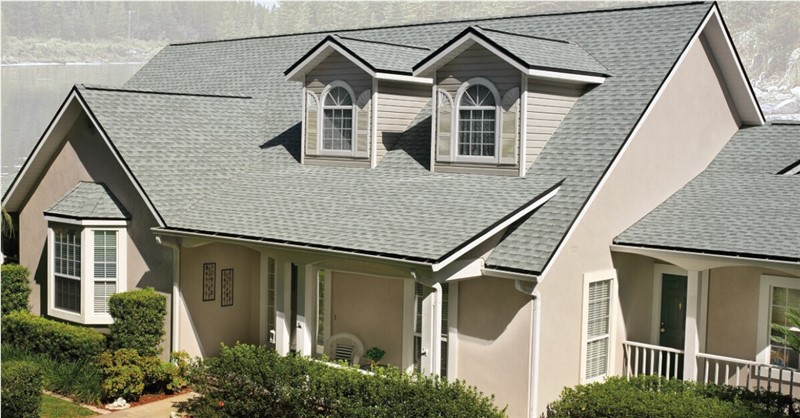A leaking roof can often leave you feeling terrified and confused. Is there a lot of damage? Does it need repaired? Do you need a whole new roof? A solitary roof leak doesn’t always mean an entire roof replacement, but it could be a sign of bigger problems. Determining the source of the leak and contacting a roofing professional can help you decide the best course of action for your roof.

Compromised Shingles
A roof’s shingles are its first line of defense against the elements, so shingle damage may be one of the first indications that your roof is leaking or going to start leaking. Asphalt shingles can be damaged or removed due to weather leaving the roof’s underlayment and decking exposed. This can lead to water damaging the decking or seeping into the home. When only a few shingles are missing or a leak is contained to one area it can often be repaired easily by sealing that area and replacing the damaged or missing shingles. If multiple areas of the roof have this type of damage it might be more cost effective and a better investment to replace the roof sooner rather than later.
Flashing and Valleys
Flashing and valleys are areas of the roof that are already susceptible to leaks. Because of this, a small amount of damage to these areas can lead to big problems if left unaddressed. Whether they sustain damage from a storm, falling debris, or improper maintenance, the extent of the damage will determine whether or not your roof should be repaired or replaced. Much like shingles, if the issue is isolated to one area, it can usually be sealed and repaired, but if it’s a widespread issue or the underlay and decking have been severely damaged the whole roof may need replaced.
Sagging Roof
A roof that is both leaking and sagging needs to be replaced without question. A professional inspection will help determine the cause of the sagging to make sure it doesn’t happen again after the roof is replaced. The sagging can be caused by damage to the roof decking, but foundation problems can also cause roof sagging. Determining and addressing the underlying cause is integral to the longevity of your new roof.
Old Age
Roofs, like most parts of a home, have a natural end to their life. Depending on the materials used, most roofs will last 20-30 years. If your roof is beginning to leak and nearing the end of its lifespan, it’s best to plan to replace it. Although you could, conceivable repair small leaks, it’s far more cost effective at this point to put the investment into a brand new roof instead of funneling money into a roof that’s going to continue to have problems due to its age.
Subscribe to Horizon Restoration's Blog



Comments